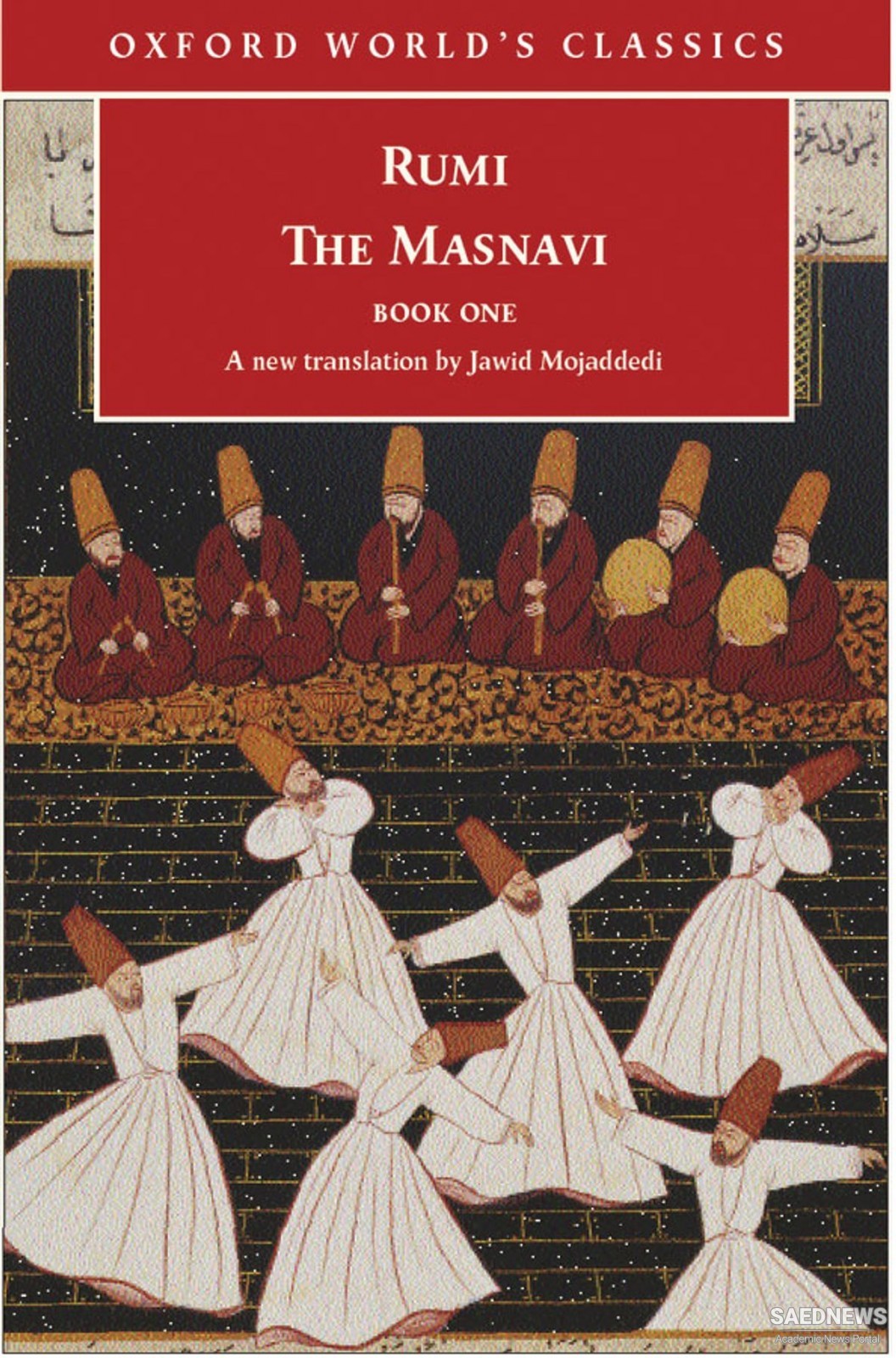While it may seem surprising that a work so celebrated, and one which reflects (however darkly at times) so much of the highest as well as the lowest in the life and thought of the Mohammedan world in the later Middle Ages, should still remain imperfectly known to Western students, I think that this gap in our knowledge can at least be excused.
Judged by modern standards, the Mathnawí is a very long poem: it contains almost as many verses as the Iliad and Odyssey together and about twice as many as the Divina Commedia; and these comparisons make it appear shorter than it actually is, since every verse of the Mathnawí has twenty-two syllables, whereas the hexameter may vary from thirteen to seventeen, and the terza rima, like the Spenserian stanza, admits only ten or eleven in each verse, so that the Mathnawí with 25,700 verses is in reality a far more extensive work than the Faerie Queene with 33,500. On the other hand, it is easily surpassed in length by several Persian poems; and the fact that the Sháhnáma has been translated from beginning to end into English, French, and Italian answers the question asked by Georg Rosen—“Who would care to devote a considerable part of his lifetime to translating thirty or forty thousand Persian distichs of unequal poetical worth?” The size of the Mathnawí is not the chief or the worst obstacle by which its translator is confronted.
He at once finds himself involved in the fundamental difficulty, from which there is no escape, that if his translation is faithful, it must be to a large extent unintelligible, and that if he tries to make it intelligible throughout he must often substitute for the exact rendering a free and copious paraphrase embodying matter which properly belongs to a commentary, though such a method cannot satisfy any one who wants to understand the text and know what sense or senses it is capable of bearing. Therefore a complete version of the Mathnawí means, for scientific purposes, a faithful translation supplemented by a full commentary; and considering the scarcity of competent Persian scholars in Europe, no one need wonder that the double task has not yet been accomplished. The most important European translations are enumerated in the following list, which shows incidentally that the greater part of the work already done stands to the credit of this country.


 Spiritual Music: Gregorian Style
Spiritual Music: Gregorian Style














































